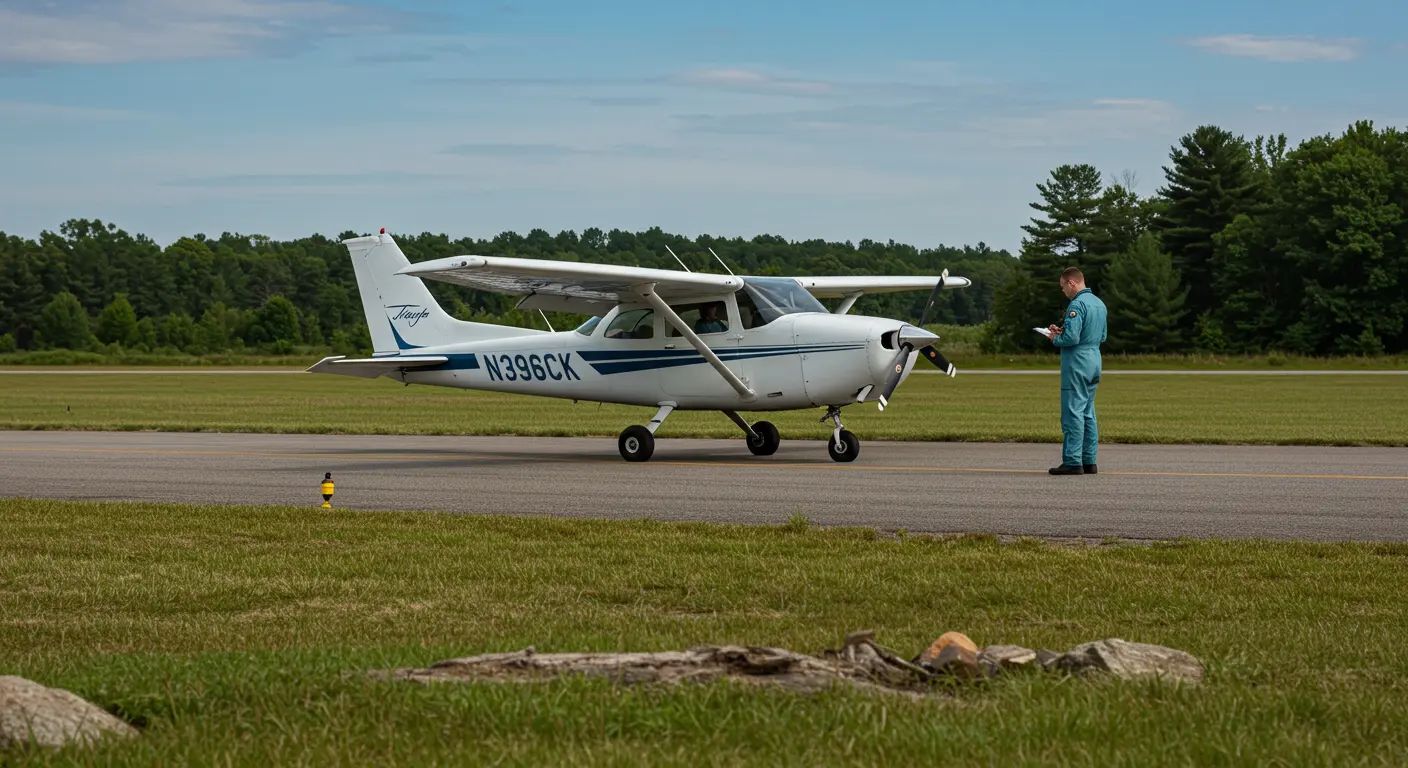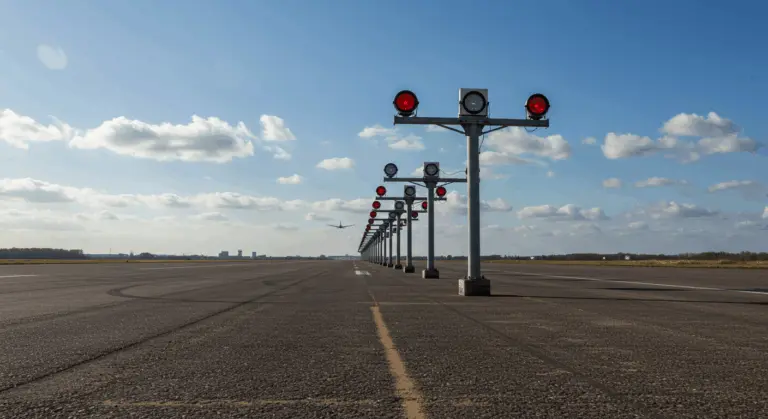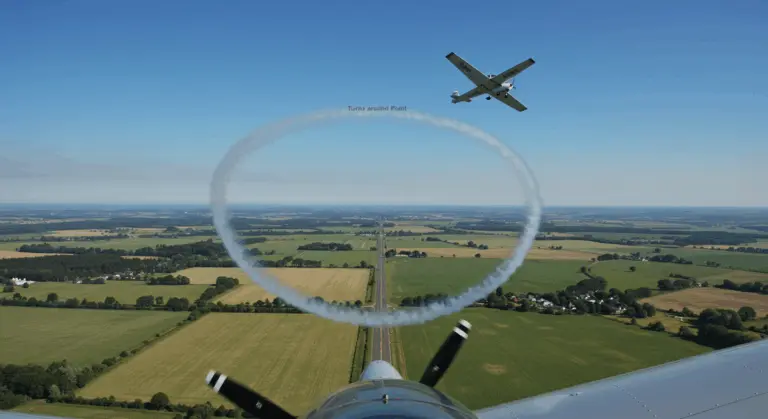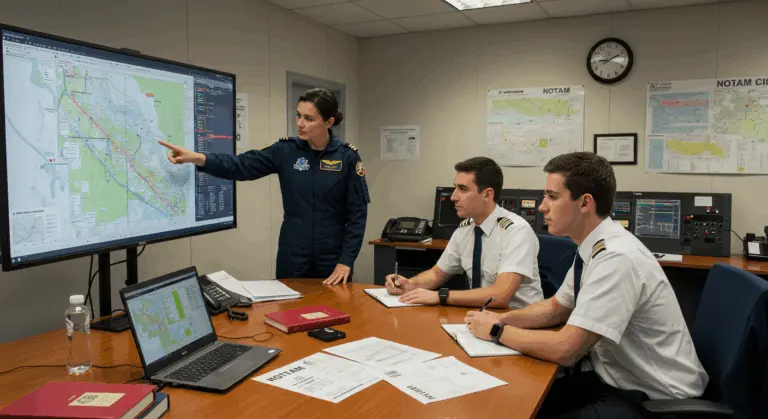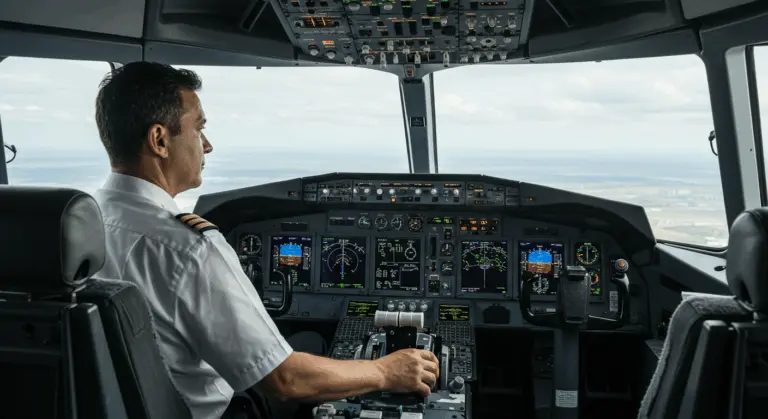Mastering Short Field Landings – A Comprehensive Guide
Understanding Short Field Landings – Key Concepts
Short-field landings represent one of aviation’s most demanding procedures, used when runway length is severely constrained, obstacles threaten the approach path, or a displaced threshold dramatically reduces usable surface area. These specialized techniques are essential for pilots venturing into smaller airports, remote backcountry airstrips, or confronting emergencies where conventional landing procedures simply won’t suffice.
These landings differ markedly from soft-field landings, which employ a gentler approach for unprepared surfaces. The contrast is striking—short-field landings demand a steep approach angle, razor-sharp airspeed control, and immediate, aggressive braking upon touchdown.
Factors Influencing Short Field Landings
Several factors affect landing distance during short field operations. Pilots need to consider each variable to ensure safe execution. Understanding these factors allows proper planning and precise adjustment of landing techniques based on prevailing conditions.
The primary factors influencing landing performance are:
-
Wind: Direction and velocity.
-
Density Altitude: The combined effect of temperature and elevation.
-
Aircraft Weight: Heavier aircraft require longer runways.
-
Runway Conditions: Surface type, contamination (e.g., water, ice), and slope.
-
Pilot Technique: Skill in managing the approach and landing.
Proper pre-landing calculations that account for these variables are essential to determine if a short-field landing is feasible.
Pilot technique is often the most decisive factor. Maintaining optimal airspeed, approach angle, and touchdown point requires skill and consistent practice. Even under favorable environmental conditions, sloppy execution can yield excessive landing distances—or worse, dangerous situations. Conversely, masterful technique can help offset adverse conditions and extract maximum performance from the aircraft.
Wind Effects on Landing Distance
Wind direction and velocity significantly affect landing distance, making wind assessment essential for short field operations. A headwind—wind flowing directly toward the aircraft—provides clear benefits by reducing ground speed during approach and landing. This benefit translates directly into shorter landing distances: specifically, landing distance decreases by approximately 10% for every 9 knots of headwind component.
Tailwinds tell a different story entirely. They dramatically inflate landing distances quite dramatically. For every 2 knots of tailwind, landing distance swells by roughly 10%—a disproportionate impact that renders even gentle tailwinds particularly treacherous for short field operations. Consider this: a seemingly innocent 6-knot tailwind could balloon your landing distance by 30%, potentially exceeding available runway length.
Runway slope adds another layer of complexity to wind effects. An uphill slope naturally decreases landing distance, while downhill slopes extend it. When winds remain light—less than 10 knots—the standard recommendation favors landing uphill regardless of wind direction. The slope benefit often trumps the wind penalty. However, stronger winds may completely override this consideration.
Crosswinds introduce their own unique challenges. They demand proper crosswind landing techniques while maintaining that crucial precise airspeed control. While crosswinds don’t directly impact landing distance as dramatically as headwinds or tailwinds, they significantly amplify the technical complexity of the landing. Poor management often leads to longer touchdowns.
Temperature and Elevation Considerations
Temperature and elevation significantly impact aircraft performance during short field landings by reducing air density. As temperature climbs or elevation increases, air density plummets—a phenomenon demanding careful consideration in landing calculations.
Reduced air density creates a cascade of performance penalties. Both lift generation and drag diminish, requiring higher true airspeeds to maintain identical indicated airspeed. This means your aircraft travels faster over the ground even while maintaining proper indicated approach speed at high-altitude airports or during scorching weather conditions. The inevitable result? Extended landing distances due to increased kinetic energy that must be dissipated during rollout.
The challenges multiply further. Reduced air density also weakens aerodynamic braking effectiveness—from flaps, spoilers, and the aircraft’s body itself—extending the landing roll even more. Engine performance suffers too, producing less thrust in thinner air and potentially compromising reverse thrust capabilities on equipped aircraft.
Exercise particular caution at airports combining high elevation with soaring temperatures—challenging “high density altitude” conditions. Mountain airports during summer months exemplify these challenging scenarios where landing distances can increase dramatically. Careful performance calculations are vital in these conditions. Add appropriate safety margins and consider operating during cooler periods when feasible.
Techniques for Successful Short Field Landings
Successful short field landings begin long before the aircraft touches down—with meticulous planning and preparation. Before attempting any short field landing, consult your aircraft’s pilot operating handbook (POH) to determine required landing distance under current conditions. Then add a safety margin of at least 50 percent to these calculations, creating important margin against variables the performance charts can’t capture.
The approach itself diverges significantly from normal procedures in several key aspects. Aim for a steeper approach angle to clear obstacles while maintaining laser-precise airspeed control. This steeper descent path enables touchdown closer to the runway threshold, maximizing every precious foot of available landing distance.
Power management is essential during short field approaches. Unlike typical power-off approaches used in normal landings, short field procedures often utilize partial power until crossing the runway threshold. This technique provides better control of the descent path while maintaining target approach speed. Execute power reduction smoothly, coordinating with pitch adjustments to maintain that all-important target airspeed.
Stabilized Approach and Full Flaps
A stabilized approach is fundamental to successful short field landings. This means unwavering consistency in airspeed, descent rate, and approach path from final approach through touchdown. For most light aircraft like the Cessna 172, this typically involves an approach speed of approximately 1.3 times the stall speed in landing configuration (So), with minimal variations throughout the approach.
Full flaps work best for short field landings, providing maximum drag and lift at reduced speeds. This configuration enables steeper approach angles while maintaining slower, controlled airspeed. The increased drag helps the aircraft descend more steeply without building excessive speed. Meanwhile, additional lift provides better control authority at slower speeds.
The stabilized approach should be established well before the runway threshold (typically by 500 feet AGL). Key elements include:
-
Approach Speed: A consistent speed, often 1.3 x So (e.g., 60–65 knots in a Cessna 172).
-
Descent Rate: A stable rate, typically 500–700 feet per minute.
-
Alignment: Proper alignment with the runway centerline.
-
Configuration: Aircraft trimmed with full flaps to minimize control pressures.
-
Power: A stabilized power setting to maintain the descent profile.
Should any of these parameters deviate significantly during approach, consider executing a go-around rather than attempting to salvage an unstable approach. An unstable approach dramatically increases the risk of floating during flare or touching down beyond the intended point—both scenarios that devour valuable runway length.
Touchdown and Rollout Procedures
The touchdown phase demands precision and flawless technique to minimize landing distance. As you cross the runway threshold at proper approach speed, initiate a smooth power reduction to idle while maintaining your descent path. Your goal: touch down at the intended point—typically within the first 200 feet—at the slowest possible airspeed.
Unlike normal landings where extended, gentle flares are acceptable, short field landings call for abbreviated flares. This prevents floating down the runway and consuming precious landing distance. Aim for main wheel touchdown first, in a slightly nose-high attitude—but not excessively so. This allows aerodynamic braking while preventing excessive float.
Immediately after touchdown, execute these actions in quick succession:
-
Lower the nose wheel gently to the runway.
-
Retract flaps (in most aircraft) to increase weight on the wheels for better braking.
-
Apply firm, steady braking without skidding the tires.
-
Maintain directional control with the rudder.
Use firm braking without locking the wheels—locked wheels lead to skidding and reduced braking efficiency. In aircraft with anti-lock brakes, apply full pedal pressure. In conventional systems, apply firm pressure just short of the skidding threshold.
Throughout rollout, maintain directional control primarily with rudder at higher speeds, transitioning to differential braking as needed at lower speeds. Keep the aircraft centered on the runway to utilize full width for directional control if necessary. Continue braking until reaching safe taxi speed, remaining especially vigilant on wet or contaminated runways.
Common Mistakes in Short Field Landings
Even seasoned pilots can fall victim to common short-field landing mistakes. Identifying these mistakes is the first step to avoiding them:
-
Improper Airspeed: Carrying even 5–10 knots of excess speed causes floating and significantly increases landing distance.
-
Unstable Approach: Fluctuating speed or descent rate makes a precise touchdown nearly impossible.
-
Excessive Descent Rate: A descent that is too steep can lead to a hard landing and loss of control.
-
Ineffective Braking: Over-braking can lock the tires, while under-braking wastes runway.
-
Poor Crosswind Technique: Side-loading the landing gear or attempting landings beyond the aircraft’s capability.
-
Calculation Errors: Failing to account for environmental factors like density altitude.
Avoiding Unstabilized Approaches
Unstabilized approaches are a major safety concern, particularly during short field operations where precision becomes paramount. These approaches contribute to countless accidents, including controlled flight into terrain (FIT) events, while substantially increasing pilot workload during flight’s most critical phase.
An approach becomes unstabilized when it demands multiple adjustments to thrust, pitch, and altitude during the final approach segment. These constant corrections create a chain reaction: each adjustment necessitates further adjustments, exponentially increasing error likelihood while diverting attention from other critical tasks. The resulting workload can overwhelm even experienced pilots.
Particularly hazardous are approaches resulting in extended level flight at low altitudes or excessively steep descent angles near the missed approach point. These scenarios make safe, controlled landings extremely difficult to achieve. They frequently lead to hard landings, bounces, or runway overruns.
To avoid unstabilized approaches:
-
Establish a consistent profile early in the approach.
-
Maintain target airspeed within ±5 knots.
-
Keep the descent rate stable and appropriate (e.g., 500-700 FPM).
-
Ensure the aircraft is properly configured (gear, flaps).
-
Complete all checklists before the final approach segment.
-
Maintain runway alignment with minimal corrections.
Most importantly, establish and consistently follow personal stabilized approach criteria. If the approach becomes unstabilized below a predetermined altitude—commonly 500 feet AGL for visual approaches—commit to executing a go-around rather than attempting to salvage the approach. This discipline is particularly important for short field operations where error margins shrink dramatically.
Managing Airspeed During Approach
Precise airspeed control is fundamental to successful short field landings. Maintaining correct approach speed—typically 1.3 times stall speed in landing configuration—ensures obstacle clearance on approach while enabling touchdown at the slowest safe speed to minimize landing distance.
Pilots commonly face a perceptual challenge: the tendency to interpret acceleration as climbing when transitioning from descent to level flight without proper power adjustments. This illusion can trigger inappropriate pitch inputs that further destabilize the approach. Counter this by maintaining approach airspeed in straight-and-level flight before beginning descent, establishing a clear mental reference for the correct sight picture.
For most light aircraft like the Cessna 172, optimal short field approach speed appears in the pilot’s operating handbook—typically around 60–65 knots with full flaps. This speed provides adequate stall margin while minimizing landing distance. Deviating from this target by even 5 knots can dramatically affect landing performance.
To maintain precise airspeed control:
-
Use consistent power settings.
-
Make small, coordinated adjustments to pitch and power.
-
Cross-check the airspeed indicator frequently.
-
Anticipate power needs due to changing wind conditions.
-
Keep the aircraft properly trimmed to reduce control pressures.
Wind gusts and gradient can significantly destabilize airspeed on final approach. In gusty conditions, add half the gust factor to your approach speed for a safety margin while keeping approach speed as slow as safely possible. For example, with winds reported as 10 knots gusting to 20, add 5 knots (half the 10-knot gust factor) to normal approach speed.
Finally, recognize that ground effect can create false impressions of adequate airspeed during final approach stages. Trust your airspeed indicator over feel, particularly when executing short field approaches where accurate speed control is essential.
Conclusion – Mastering Short Field Landings
Mastering short-field landings is a valuable skill that greatly increases operational capabilities and safety margins, opening doors to more challenging airfields.
Success requires three pillars: a stabilized approach at correct airspeed, precise touchdown execution, and immediate, firm braking.
Avoiding common pitfalls—poor airspeed control and unstabilized approaches—requires consistent practice and regular training with qualified instructors.
Through thorough preparation combined with precise execution, pilots can confidently master these challenging landings, significantly enhancing overall aircraft control and flying precision.

